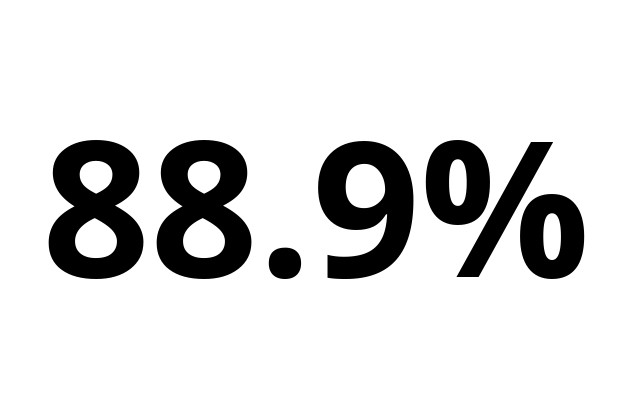According to a European Commission’s education and training monitor 2018, published on Wednesday, the proportion rose from 86.4% in 2014. In both years the proportion in the grand duchy was around 5% higher than the EU average. The high ratio is likely linked to Luxembourg’s labour market dynamics which relies heavily on a highly qualified migrant workforce to staff its finance and other specialist sectors.
This is borne out by the fact that a higher proportion of foreign-born residents (55.6%) had gone on to higher education in 2017, compared with 49% of the native-born population. In both instances the proportion of people in higher education was higher than the EU average.
According to the report, Luxembourg has set itself the target of getting 50% of its population to study at higher education, a goal it is close to reaching.
